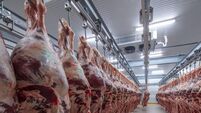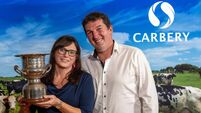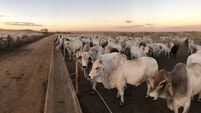The key to reducing animal stress and improving performance during weaning
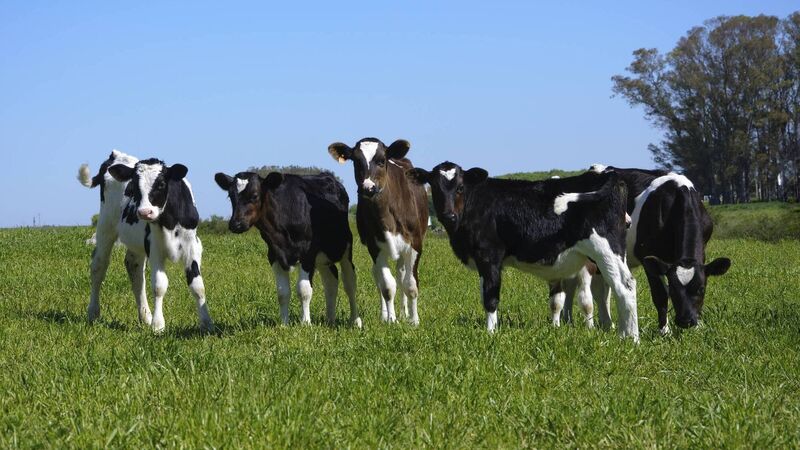
More calves this year may have suffered from respiratory diseases and scour because they were housed longer than usual in the spring.
Weaning breaks the maternal-offspring bond and removes milk from the calf’s diet. In a natural environment, the cow would initiate weaning gradually, by refusing the calf access to suckle, but at a later time than that which is generally practised by suckler farmers.
Weaning stress has an adverse effect on the immune system, making calves more susceptible to disease.
The performance of some calves has already been impacted in this difficult year for cows and calves, by the extended spring, challenging grazing conditions, and bad weather. Therefore, it is more essential than ever to minimise stress around weaning, by using proper procedures.
Teagasc researcher and vet Dr John Donlon discussed how to prevent problems around weaning time, on a recent edition of Teagasc’s Beef Edge podcast.
He said more calves this year may have suffered from respiratory diseases and scour because they were housed longer than usual in the spring, and reduced grass growth and bad weather affected calves at pasture. “I think a lot of animals are probably back 30-40 kilos from where they would normally be”, he said.
“That means that weaning is going to be very important because we don’t want to cause any more growth checks to these animals.” He explained that the calves’ immune system doesn’t respond as well as it normally does, when under stress.
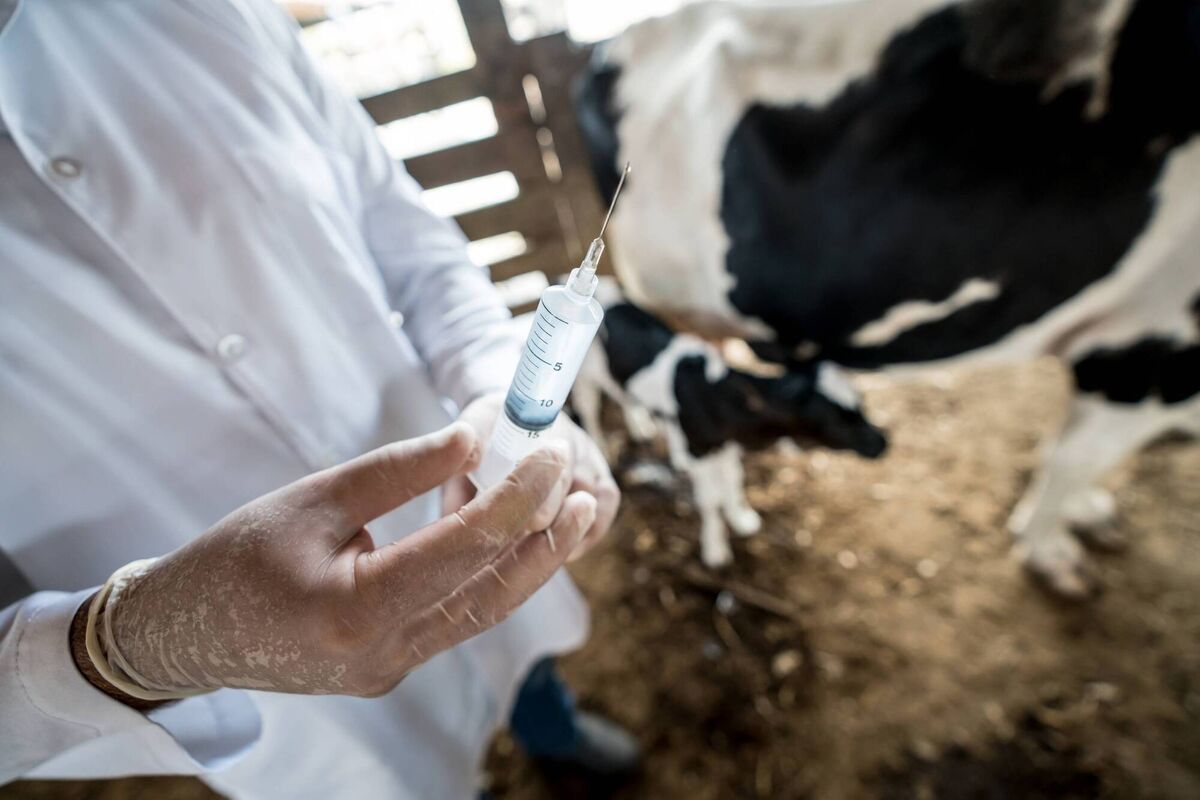
“Our advice would be to still try and get the weaning done relatively soon. Weaning the calves and continuing meal will get you good performance”.
“The key thing is to try and be gradual and have it well planned out ahead of time”, said the Teagasc expert. “You’ve got a change of diet that’s going to happen once the calf is weaned, so you need to be able to replace the energy that’s being supplied through that very nutritious milk with another energy source, and you need to actually help the calf to adapt to becoming a full ruminant as well.
"We really want to be aiming for these calves to be eating a kilo of meal per head per day by the time they’re being weaned. What that means is that their rumen has developed, they’ve gotten a taste for forage, and they’ve got that taste for meal as well, so they’re more likely to be able to adapt and compensate for that reduction in energy intake from not having milk any more.
"We would recommend that you continue to feed those concentrates for two weeks afterwards. You want to encourage the calf to be as independent of the cow as possible.
"We talk about creep grazing, having your fences set up in such a way that your calves can go out ahead of the cows and be grazing the grass ahead of the cows. That will just mean that they’re a little bit more independent, they’re used to getting away from the cow, so that when the cow is removed, the calves aren’t going to be as shocked by that.
"That will make them more robust as well, and it will also encourage them to have that grass component to the diet.
“You never want to remove all of the cows from the calves in one go. That would be quite an abrupt weaning process. If you were to remove all of the cows at once, you would end up with a very big group of very stressed weanlings which would be a serious risk for disease”, said Dr Donlon.
"That’ll reduce stress as well. We talk of removing a third of cows at a time and with roughly a week in between each removal, so that you’re not stressing all of the calves at once.
"Ideally, if you have fields that have a bit of shelter, not too exposed, they’re the kind of fields that would be better for weaning calves. Weaning outdoors is what we generally prefer because when you try to start weaning animals indoors, you’ve also got the added complexity of ventilation.
"You need very good ventilation around that time, because you will have more stress, and stressed animals tend to actually release more of that pathogen into the air if they’re infected with a pathogen, so your infectious burden would be higher indoors. Outdoors is the ideal scenario for those that can manage it”.
“Your management procedures like castration, disbudding, and dosing are all quite stressful for these animals. Disbudding should have been done well before now. Obviously, if it’s not done, then you’re talking realistically of dehorning. We know that disbudding is a much less stressful procedure than dehorning animals, so we would encourage everyone to have the disbudding done early in life”, said Dr Donlon.
“If it’s the case that they need to be dehorned, then you need to leave two to four weeks between that procedure and the weaning itself. Similarly with castration. Ideally, animals are castrated at less than six months”.
If dehorning or castration were done near to weaning, stress would stack up. “The level of cortisol in the calf’s blood is probably going to be higher. They’re going to be even more immune-suppressed, and they’re going to be at a higher risk of diseases like pneumonia”.
As calves are encouraged to eat more grass, they will be exposed to various worms, so dosing in advance is important. John recommends completion of dosing at least two weeks prior to weaning. “Coughing at grass is a very strong indicator of lungworm. If they’re coughing at grass, we really need to dose them and give them a chance to recover before we start weaning them”, Dr Donlon said.
“Lungworm is an issue, especially when we’re getting this slightly warm but damp weather”. Lungworm infection increases the risk of catching pneumonia subsequently.
“With regard to stomach worms, the best practice would be to take faecal samples. Take those samples. Get the faecal egg counts done. Talk to your vet about whether these calves need to be dosed, based on those faecal egg counts. In some cases, they may not need to be dosed”.
Vaccination of calves needs to be planned well in advance of weaning. “We’re primarily talking about vaccination against respiratory diseases. There are a couple of groups of vaccines on the market. There are the intranasal vaccines and then there are the injectable vaccines.
"The intranasal vaccines are very useful for quick onset of action. You shoot them up the nose and they stimulate immunity quite quickly in that nasal area, local immunity.
"The injectable vaccines, depending on which manufacturer, may need to be given four to six weeks before weaning so that the immunity is actually kicking in. This will vary from product to product, so you’ll need to speak to your vet about how long before weaning you need to implement these vaccines”.
While the intranasal vaccines are fast acting, the duration of immunity isn’t as long as the injectable, about 12 weeks for the intranasal, whereas the injectable will protect the weanlings over the longer winter housed period.
“Often with the injectable vaccine, you’re talking about a two-dose course”, Dr Donlon said.
There is usually two to three weeks between the administration of the first and second doses, hence one will need to count back from the proposed weaning date.
“The second vaccine is where the actual protective immunity is generated, so it is very important to get that second vaccine in, if it’s a two-dose course. That’s critically important really, it’s kind of wasted money really to buy vaccine and only give the first dose”.

